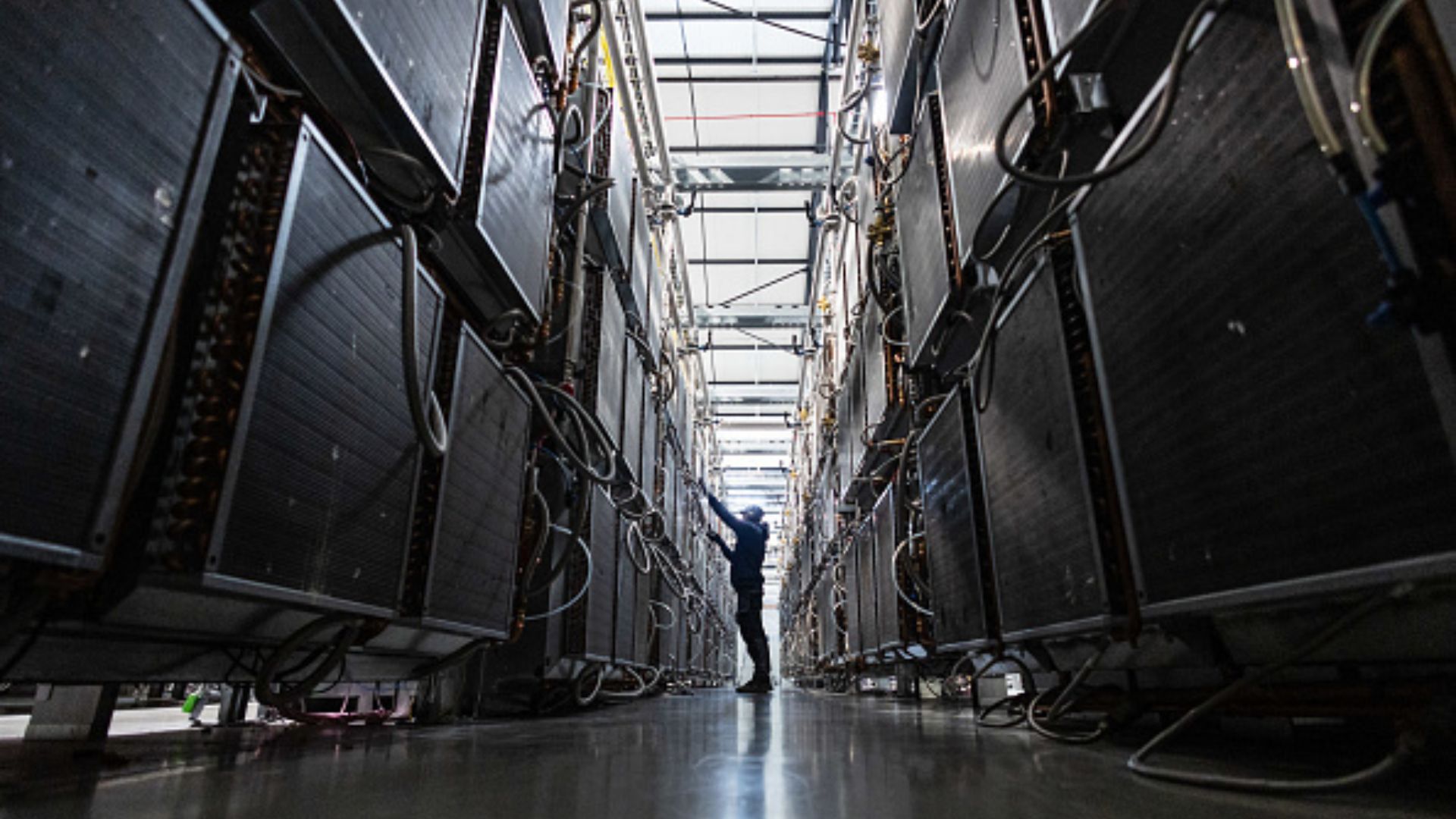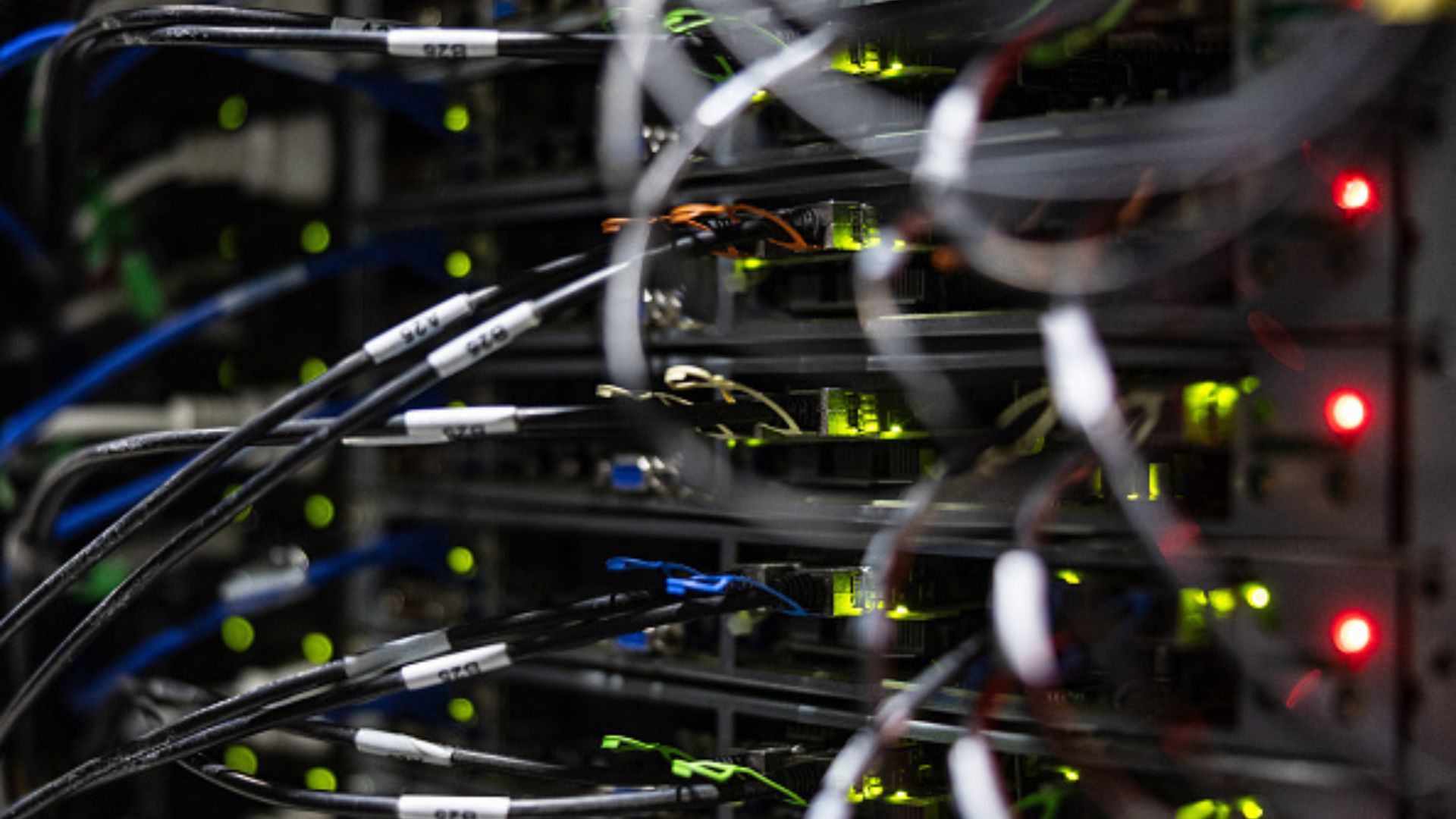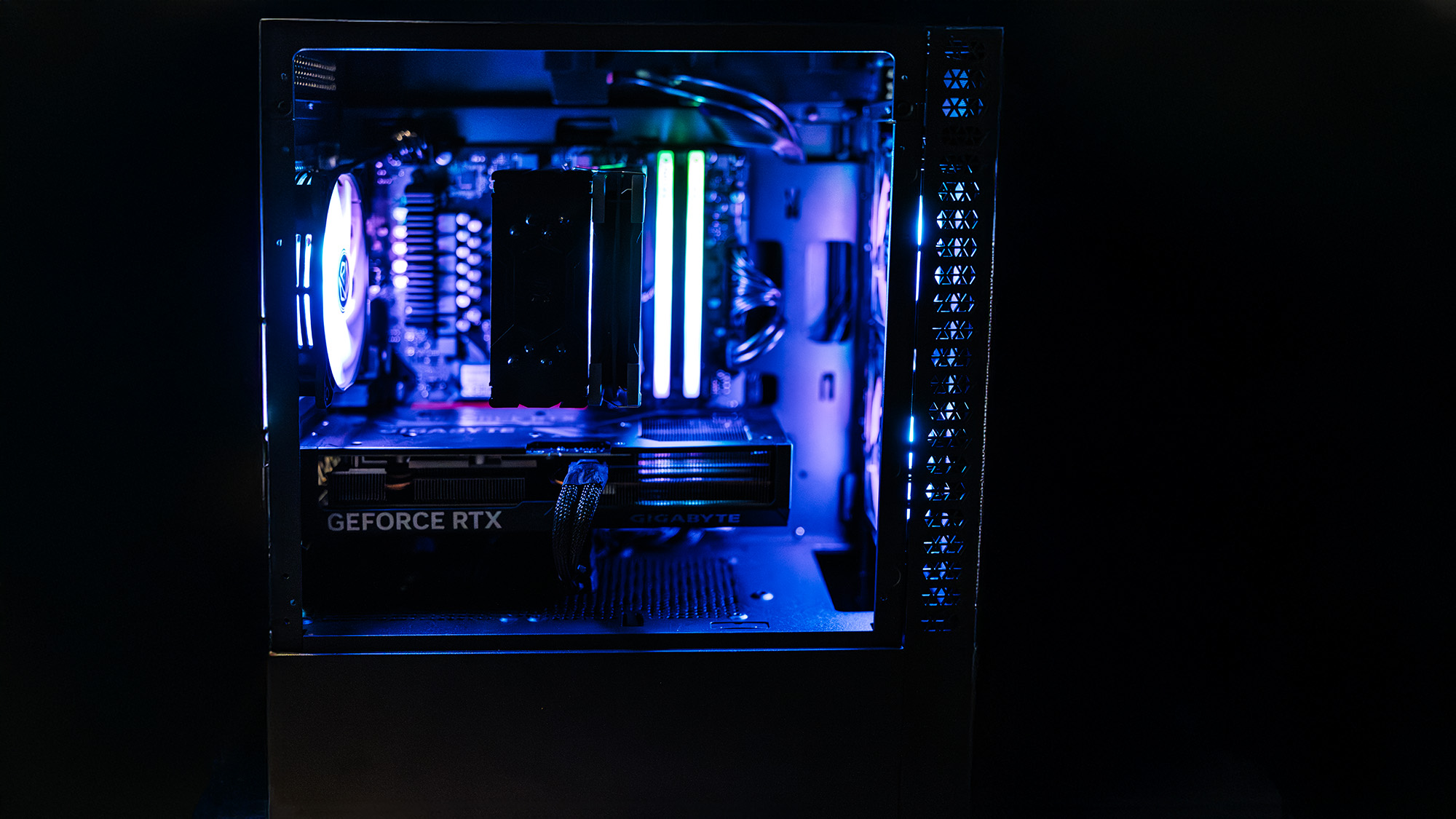Report estimates AI energy demands will quadruple in the next few years, with some large planned centres estimated to use the equivalent power of 5,000,000 households
It's fairly hopeful about AI's impact on the environment, though.

One of the biggest concerns people have about AI is energy consumption, and a recent report suggests that things are only going to get worse in that regard over the next few years. However, the same report also argues there is a silver lining.
A study from the Internal Energy Agency (IEA) titled Energy and AI was recently published (via The Guardian) using data gleaned from global datasets and consultation with "governments and regulators, the tech sector, the energy industry and international experts".
In it, the paper suggests energy demands for data centres broadly will grow by double, and the use of AI data centres, specifically, will grow by a factor of four.
The energy needed to supply these data centres is reported to grow from 460 TWh in 2024 to more than 1,000 TWh in 2030. This is then predicted to reach 1,300 TWh by 2035.
Though traditional data centres are also projected to grow with time, AI-optimised servers are taking up the biggest equivalent share of that growth.
As pointed out by IEA director of sustainability, Laura Cozzi, in a full presentation on the paper, the energy demand for individual data centres is growing over time.
Hyperscale data centres (effectively the biggest ones) consume the equivalent power of 100,000 households today, with the largest under construction right now set to consume the equivalent of 2 million households. The largest currently announced (but not yet under construction) would consume the energy of 5 million households.
The biggest gaming news, reviews and hardware deals
Keep up to date with the most important stories and the best deals, as picked by the PC Gamer team.
However, the paper argues that this increased demand isn't all doom and gloom in regard to climate change. It starts the 'AI and climate change' section by pointing out that over 100 countries have deals to reach net zero emissions between 2030 and 2070.
A forty-year gap is a rather nebulous one when the demand is surging now, and 'net zero' could mean quite a lot, on the grand scale.
The fact that bringing in energy demands doesn't appear to be an argument made here suggests that net zero will be achieved with offsets, as opposed to regulation on AI.
However, the argument made in 'Energy and AI' is largely that AI models, and their advancement, can be used to rein in inefficiencies in other energy sectors, reducing emissions in regards to methane, the power sector, and larger industry.

The report argues "The adoption of existing AI applications in end-use sectors could lead to 1,400 Mt of CO2 emissions reductions in 2035". The report estimates global fuel combustion emissions equated to 35,000 Mt in 2024.
This argued offset is inclusive of an adoption that the report suggests isn't currently happening. "It is vital to note that there is currently no momentum that could ensure the widespread adoption of these AI applications. Therefore, their aggregate impact, even in 2035, could be marginal if the necessary enabling conditions are not created."
Talking to The Guardian, Claude Turmes, former secretary for sustainable development and infrastructure for Luxembourg, is critical of the report's findings.

Best gaming PC: The top pre-built machines.
Best gaming laptop: Great devices for mobile gaming.
"Instead of making practical recommendations to governments on how to regulate and thus minimise the huge negative impact of AI and new mega data centres on the energy system, the IEA and its [chief] Fatih Birol are making a welcome gift to the new Trump administration and the tech companies which sponsored this new US government.”
The IEA report has a built-in AI chatbot on-page and when I asked it what the paper says about climate change, it told me:
"The widespread adoption of existing AI applications could lead to emissions reductions equivalent to around 5% of energy-related emissions in 2035. However, this is still far smaller than what is needed to address climate change."

James is a more recent PC gaming convert, often admiring graphics cards, cases, and motherboards from afar. It was not until 2019, after just finishing a degree in law and media, that they decided to throw out the last few years of education, build their PC, and start writing about gaming instead. In that time, he has covered the latest doodads, contraptions, and gismos, and loved every second of it. Hey, it’s better than writing case briefs.
You must confirm your public display name before commenting
Please logout and then login again, you will then be prompted to enter your display name.

